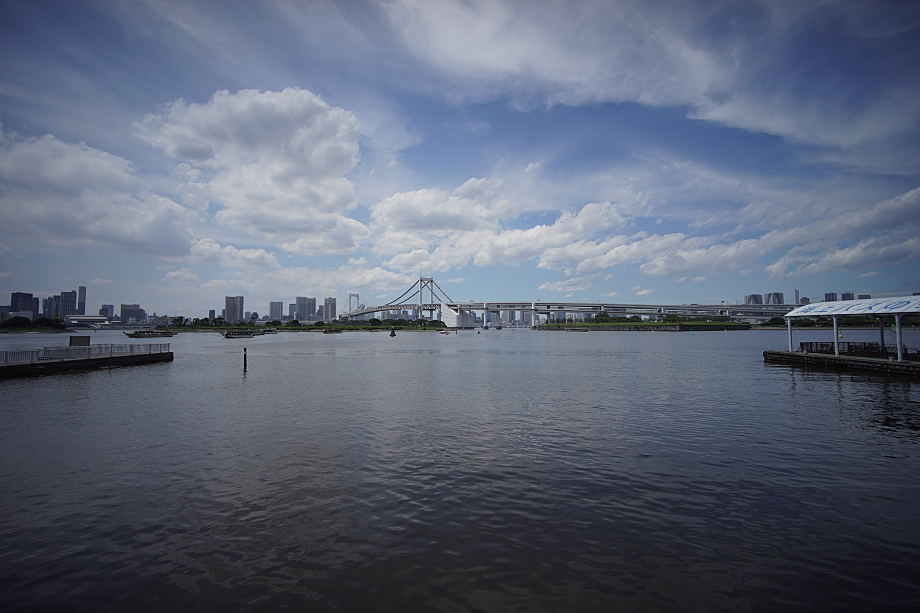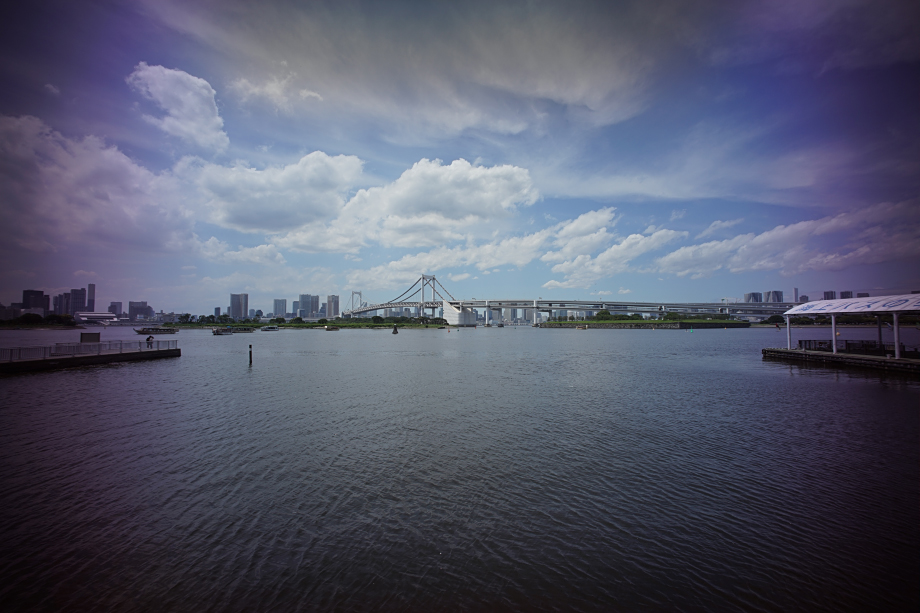
Voigtländer Super Wide-Heliar 15mm F4.5 Aspherical III | SHOOTING REPORT
Thank you for waiting. Here is the shooting report of the Voigtlander Super Wide-Heliar 15mm F4.5 Aspherical III that has finally been released since it was announced in the CP+2015 this spring. The first version was released as a L-mount lens for the Voigtlander's BESSA 35mm film cameras 16 years ago and the second version was released as a M-mount lens with rangefinder coupling 6 years ago. And now, they completely remodeled it to be fully compatible with digital cameras. Because the previous versions were very popular and recognized as a masterpiece, this all-new third version should get so much attention of many users.
( Photography / Text : Naz )

The previous versions are characterized by biting sharpness, very high contrast, dramatic falloff of the edges, and extremely low distortion. In short, they were excellent ultra-wide angle lenses. And, by testing the third version, I learned that it inherited the characters of the previous versions and I welcome it. So, the major topic of this lens is the benefits brought by the remodeling of optics to work with digital cameras.

The 15mm's diagonal angle of view is 110 degrees and I understand that it's wide enough to capture almost the entire field of view of the both eyes. It's obviously wider than 21mm with a 90-degree angle of view and you may worry if you can master it. But, once you start using it, you will enjoy it. I shot the terrace surrounded by mountains and forests in early summer. While I could only capture the terrace with an ordinary lens, I could also shoot the entire landscape including the river and the mountains surrounding the terrace with this lens.

An ultra-wide angle lens not only captures the scene widely but also compress the narrow space within the frame. A slight inclination of camera generates strong perspective, but if you take care of leveling, you can shoot very natural images. The lens wonderfully rendered the difference of the air between the indoor and outdoor separated by the glass windows.
Just like the users of the previous versions, I was very curious about the difference of image quality of the third version. So, let's make side-by-side comparisons. The top images were shot with the third version and the bottom ones were shot with the second version. The left images were shot wide open at F4.5 and the right ones were shot at F11. As you can see, the corners of the third version are brighter than the second version and exhibit almost no color fringing. The second version, which was designed for films, loses sharpness to the corners and the entire frame becomes sharp enough at F11. On the other hand, the third version is sharp to the corners wide open. To my astonishment, the third version is sharper wide open than the second version at F11 and the image quality is almost uniform throughout the aperture. What's common between the two versions is that the amount of light in the corners changes little by aperture. In addition, the both lenses have a very high sharpness in the center wide open.

I used the "VM-E Close Focus Adapter," a M-mount adapter for SONY Alpha series and rotated the helicoid of the adapter out to the end. The lens can focus as close as 50cm. Even though it was out of the rangefinder coupling range, you can get as close as 12cm from the subject. Because this 12cm is the distance from the sensor, the actual distance between the tip of the built-in lens shade and the subject is just about 2cm. I shot this image holding the camera inside the hedge of hydrangea. Because the distance to the subject is shorter than the minimum focus distance of the lens, the corner image quality is somewhat degraded. Yet, I'm happy that I was able to get this dynamic image and I like the rendition of the out-of-focus house in the background.

I mounted the lens on a Canon EOS M mirrorless camera with a mount adapter. While the second version had color fringing around the corners even with APS-C cameras, the third version of course has no such issue. The equivalent focal length becomes around 24mm with the EOS M whose crop factor is 1.6X, and 22.5mm with APS-C cameras from SONY and FUJIFILM whose crop factor is 1.5X. Anyway, I did enjoy shooting with the two formats because these angles of view are easy to handle. And, you can still take advantage of the 15mm's deep depth of field. Even at wide open F4.5, everything between 1m and infinity is in focus if you set the focus distance to 2m.

The invisible distortion is simply wonderful. I can shoot straight lines without hesitation.



Shot with the Leica M Monochrom (tyo246). As many people know, it's a monochrome-only camera with no Bayer patter color filter and its resolution is very high. And, the Super Wide-Heliar brings out the potential of this camera. The deep shadow area has a good detail, which adds to the realistic rendition.


This is an inside shot of Uchiko-Za Theater which has just been designated as a national important cultural property. This wooden theater will be 100 years old next year and is still used for performance today. Trusting the high sensitivity performance of the camera and the lens performance, I was able to capture the entire view from the stage this way.

Superb image quality achieved in 16 years
Even though this third version became longer and thicker than the second version, it's still compact enough to be used casually. In fact, I even think it's amazingly compact for the 11 elements in 8 groups construction which is more complex than the previous 8 elements in 6 groups. Because of the improved optical performance, the strong character of the previous versions seems to have somewhat milden. But, because of the improvement, it became more versatile. Just like other Voigtlander lenses, the high quality finish and machining accuracy of the metal barrel will provide reassuring feeling, inspire photographers, and satisfy their desire to possess. The focusing tab has been removed, but the thick knurling ring lets you focus even more precisely (when focusing with the EVF, wide open for the maximum accuracy). This is a great lens for streets, architectures, and landscapes. And, you never want to leave this lens at home.
( 2015.07.16 )



